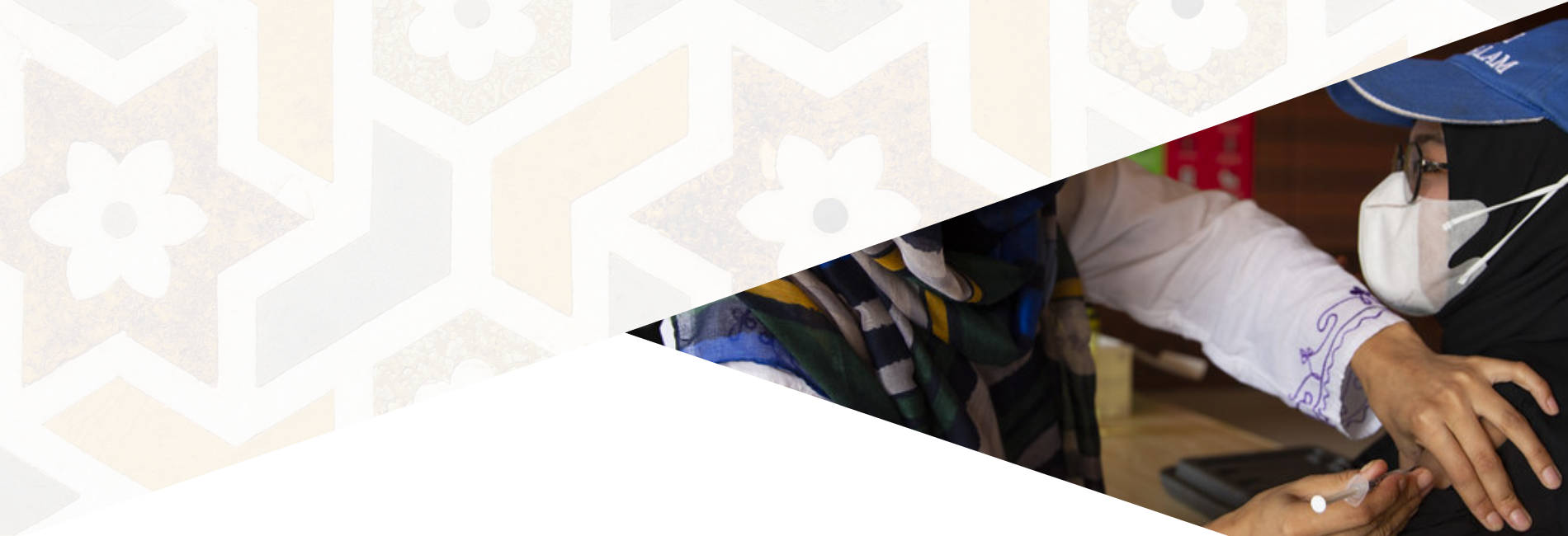COVID in Pakistan: Stemming the Third Wave


More than a year into the pandemic, Pakistan is fighting the third wave that is sweeping across its main urban centres. The hospitalization statistics increased manifold compared to the first and the second wave. However, after a relentless increase, the statistics are now beginning to register a respite. The seven-day moving average of the positive percentage now stands at 8.5%. Despite this trend, caution needs to reign supreme. By now we all know too well these trends are fragile. The sustained decrease is contingent on collective standard operating procedures (SOP) compliance amongst other factors some of which we now understand well, though a lot still remains elusive.
The vaccination drive is also underway. With no local production, Pakistan has had to rely on either purchasing the vaccine, donations or COVAX. By 14th May, 2021, Pakistan had vaccinated 3,997,186 citizens. This means 1.8 doses have been administered per 100 citizens in the country. While the supply is constrained for developing countries, the roll-out has had challenges of its own.
In light of these statistics, Pakistan’s policy response needs to have a multi-dimensional focus. The short-term policy measures must aim to stem the increase in numbers through effective SOP compliance and, where need be, localized lockdowns. Lahore’s district administration has been able to effectively turn the tide by vigilant monitoring and surveillance. Evidence from Bangladesh proposes a four-component intervention to increasing mask wearing in local communities. The research team at Yale, Stanford Medicine and IPA has adapted the model for urban centres and is now scaling implementation across South Asia. Similar evidence-driven measures must be deployed to increase compliance across the country.
Secondly, the vaccination drive needs to be amped up to increase the percentage of vaccinated population in Pakistan. Global evidence is proof enough that this policy measure is not only critical to reducing hospitalization rates, but also transmission. In Pakistan, vaccine hesitancy also needs to be systemically dealt with by effective communication strategies that increase trust in the vaccine and the vaccine provider. Effective communication campaigns have been led by credible public health leaders whose message has been readily accepted and implemented by the people. We see one such example in India, where Nobel laureate economist Abhijit Banerjee led an effective communication campaign that increased compliance with SOPs. In other examples, credible local organizations have effectively led successful campaigns and the impact of peer advising at workplaces and in personal spheres has also been positive.
Thirdly, as the numbers go down and the vaccinated population percentage increases, developing countries like Pakistan need to increase pandemic preparedness and resilience. Health system and health policy is in focus like never before and policymakers must capitalize on this to direct necessary budgets towards building robust and sufficiently staffed health systems that can effectively respond to pandemics of this magnitude. This must be accompanied by an agile data system that can effectively track health indicators, health capacity markers, as well as economic vulnerability indices that allow for a quick relief response to be rolled out to a pandemic. Such systems also allow a country to sufficiently track its preparedness for such a catastrophe in the future. According to the 2017 data from the World Health Organisation (WHO), Pakistan has 9.8 doctors and 6.68 nursing staff for every 10,000 people. Such health statistics need concerted policy focus so as to build capacity for routine healthcare as well as emergencies and epidemics.
In addition to health vulnerabilities, countries like Pakistan have especially felt the brunt of economic vulnerability throughout the pandemic, providing ample evidence of a need to expand the size and coverage of government social assistance programs. While Pakistan’s programme was well-targeted, it was insufficient to provide respite to a sizeable proportion of affected households. As a result, this is likely to have made the households in the bottom three asset quintiles particularly vulnerable because unlike the rich, these householders lack sufficient savings to insure themselves against the shock. The national socio-economic registry must be updated and in-built mechanisms created to continually update this database.
Above all, what the peculiar nature of the Covid-19 pandemic has helped us understand is that these measures must be accompanied by efforts to expand digital connectivity across the country. This will not only enable effective health coordination and data collection, but also allow effective social welfare measures like communication campaigns and distance/remote education during a pandemic. Such an infrastructure will especially allow more individuals to work from home, and enable retail and commercial activity to transition online more easily, while allowing both public and private sector actors more degrees of freedom when fighting a pandemic.
Above all, the state must actively build trust in its decisions, services and communication. This will allow for relief and response measures to be met with more compliance and allow for quick recovery across sectors. The end of the pandemic will leave us with many opportunities to build on effective policy response across sectors. Is the state ready to capitalize on these opportunities?
Maha Rehman, a data analytics specialist, is the Director Policy at Mahbub-ul-Haq Research Centre and an adjunct faculty member at LUMS Economics Department.
Mahbub ul Haq Research Centre at LUMS
Postal Address
LUMS
Sector U, DHA
Lahore Cantt, 54792, Pakistan
Office Hours
Mon. to Fri., 8:30 a.m. to 5:00 p.m.





